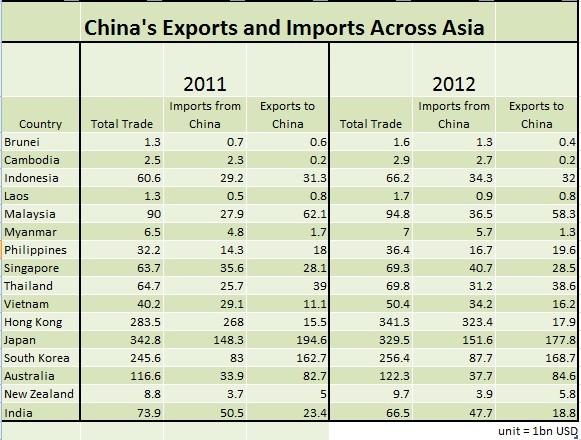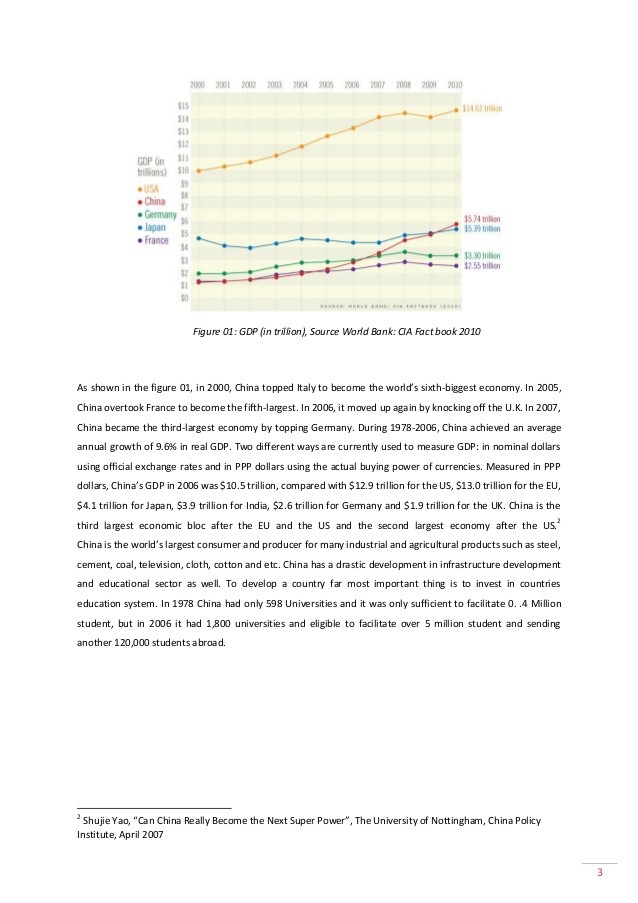China s growing economic power in South Asia A closer look
Post on: 4 Июль, 2016 No Comment

Saman Kelegama
CHINA shares borders with five South Asian countries ranging from the major powers in South Asia, viz. India and Pakistan to others, viz. Afghanistan, Nepal, and Bhutan. Given this geographical reality, China’s ability to exert its influence in the region was readily seen, and since the late 1990s Chinese economic ties in terms of trade, investment, and financial assistance in the South Asian region has been growing.
Over the one-and-a-half decades from 2000 to 2014, China has become the largest trading partner of India, Pakistan, and Bangladesh and the second largest trading partner of Sri Lanka and Nepal. Its trade with India exceeded $ 65 billion, $ 12 billion with Pakistan, and $ 8 billion with Bangladesh by 2012. When comparing India’s trading with its South Asian neighbours (the Saarc region) and China’s trading with the same countries it can be clearly seen that the overall trade of India with its South Asian neighbours, which amounted to $ 18 billion in 2012, was far exceeded by Chinese trade that amounted to $ 25 billion in the same year.
Such a trading pattern has appeared despite India having duty free or preferential access, and vice versa, for other South Asian countries via the South Asia Free Trade Agreement (Safta) that came into operation in 2006, and deeper bilateral Free Trade Agreements (FTA) with South Asian countries such as Sri Lanka, Nepal and Bhutan. China, on the other hand, has only one FTA with a South Asian country, Pakistan, since 2006, and has a preferential regional trade arrangement with India, Sri Lanka and Bangladesh under the Asia Pacific Trade Agreement (APTA) for some goods since 2001. However, India too has preferential market access to Sri Lanka and Bangladesh via APTA which, in any case, remains a weak agreement in pushing trade. Clearly, China’s trading power in the region shows that it has more trading complementarities with the South Asian region compared to India.
Chinese foreign direct investment (FDI) in the South Asian region, however, has not kept pace with growing trade. It still lags behind that of India’s for most of India’s neighbours. However, during the last 3 years, Chinese investment has grown rapidly in some South Asian countries like Pakistan, Sri Lanka and Bangladesh. It is observed that when FDI from Hong Kong in the South Asian region is added to Chinese FDI, then the total FDI comes close to Indian FDI in the region. With China increasingly focusing on the domestic economy, inter alia, there may be pressure for the Yuan to appreciate and trigger an outflow of Chinese investment, as was the case in Japan after the Yen appreciation in the 1980s. In the case of the latter, the key beneficiaries of Japanese investment outflows were the Asean countries. With the already strong trading and investment foothold in the South Asia region and given the relatively cheap labour in the region compared to East Asia, the Saarc region is in a position to attract more Chinese FDI in the coming years and perhaps overtaking Indian FDI in the region.
Chinese trade and investment links have led to growing Chinese financial flows in terms of loans and aid to the region since mid-2000s. Most of these financial loans are associated with large infrastructure projects such as ports, highways, bridges, power plants, etc. China has overtaken traditional donors to some South Asian countries such as Pakistan, Sri Lanka and Bangladesh. In Sri Lanka, for instance, since 2009 China has become the largest donor of funds and out of the $ 5.1 billion financial assistance during 1971-2012, 94% of it had come during 2005-2012. Chinese financial assistance to Pakistan is also large and consists of some military training. In Bangladesh, the friendship bridges project is a key component in Chinese financial assistance where 6 bridges have already been completed. China has surpassed India as a major financier of projects in most small South Asian countries.

The recent growing Chinese presence in the region has raised some concerns in India where it considers the neighbourhood as its geo-political space. India can do very little to prevent the growing economic influence of China with the rest of South Asia as all these countries require financial assistance and benefit from the growing trading and investment links with China. According to Professor S.D. Muni, India’s policy towards China revolves around 4 ‘C’s — containment, conflict, competition and cooperation. Various groups in the Indian system support different ‘C’s, like the Indian business community supporting competition, a segment of the military calling for containment, a segment of the bureaucracy calling for cooperation, etc. Thus, the overall Indian policy is a confused one and diluted by the interests of various lobbies.
For the smaller South Asian countries — which have been growing under the shadow of India for centuries — in the event there is a dispute between China and India, there could be spillover adverse impact on them. Moreover, the recent disputes of China over the Senkaku Island with Japan and over oil drilling in South China Sea with Vietnam should be an eye-opener as it has shaken some Asean countries and brought the US into the scene. Thus, managing economic ties with China has to be careful exercise and will become a challenge to smaller South Asian countries in the near future.
The writer is Executive Director, Institute of Policy Studies of Sri Lanka.














